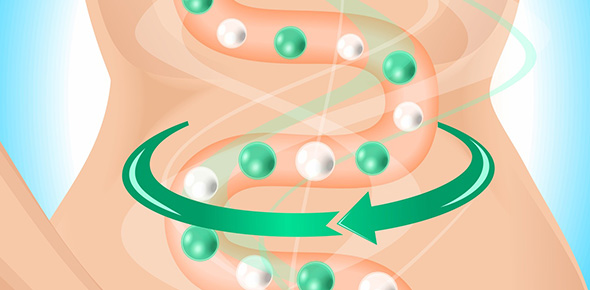Related Flashcards
Related Topics
Cards In This Set
| Front | Back |
|
What are the 4 diffferent abnormalities of corneal curvature and sizes? Define each.
|
- Cornea Plana: decrease in corneal curvature
- Microcornea: adult cornea is less than 10mm - Megalocornea: adult cornea dis greater than 13mm. - Keratoglobus: resembles megalocornea but the cornea is thin especially in the periphery. |
|
Describe the limbal land marks and depth of anterior chamber in cornea plana.
|
The limbal landmark is obsured
The AC is shallow |
|
What condition are you in risk of with microcornea? What is the high refractive error associated with this?
|
You're in risk of developing glaucoma due to AC crowding.
Hyperopia |
|
When does a baby reach adult cornea size? When is a child considered to have microcornea?
|
~ A child reaches adult cornea size at age 3 -4
~ A baby has microcornea when the cornea is less than 9mm. |
|
In megalocornea, are males or females more affected?
|
Males - because its an x-linked recessive trait
|
|
What is the critical DDx in megalocornea? What is the high refractive errror associated with it?
|
~ Congenital glaucoma
~ Myopia and astigmatism. |
 What dysgenisis is shown here? |
Corneal plana
|
 What dysgenisis is shown here? |
Microcornea
|
 What dysgenisis is shown here? |
Megalocornea
|
 What dysgenisis is shown here? |
Keratoglobus
|
|
What are the 2 types of mesenchymal dysgenisis? Differentiate between both types.
|
Posterior keratoconnus- posterior indentation on the cornea with variable degrees of stromal hazing.
Peter's Anomaly - congenital condition with central corneal opacification, abnormal posterior stroma, descemet's and endothelium |
 What type of dysgenisis is seen here? |
Posterior keratoconus
|
 What type of dysgenisis is seen here? |
Peter's anomaly
|
|
Is your VA affected with posterior keratoconnus?
|
No
|
|
What are the 3 different anterior chamber cleavage syndromes? Define each.
|
- Posterior embryotoxon: anterior displacement of schwalbe's line
- Axenfeld's anomaly or syndrome: all of the posterior embryotxon plus iris strand across the AC and attach to schwalbe's line. Rieger's anomaly or syndrome: all of axenfelds plus iris hypoplasia. |






